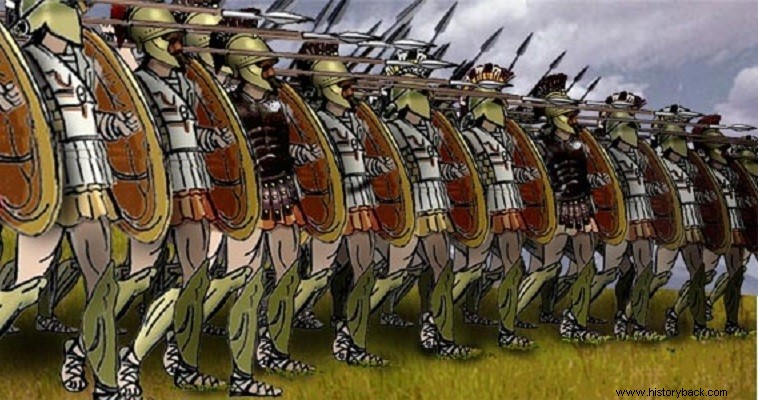
One of the most unknown, although victorious, battles of the ancient Greeks against their eternal rivals in the West, the Carthaginians, took place in Kavala, Sicily. There is little information about the battle buried in the mist of centuries. Not even the exact year of its holding has been preserved. According to Diodorus the Sicilian, the new war between Syracuse and Carthage (Fourth Sicilian War) began in 383 BC. when the surname of the ruler of Athens was Fanostratos. However, the Greek historian does not mention the date of the battle.
The most likely year is 379 BC. However, others argue that it was held in 383 BC. or even 378 or 375 BC. According to Diodorus, who is also the main source, the ruler of Syracuse, Dionysius the Elder, wanting to extend his rule in Sicily against the Carthaginians, took advantage of the discontent of the Sicilians against the great Phoenician city and appeared as their protector. "According to the archon of Athens, Fanostratus... and upon this Dionysius, the tyrant of Syracuse, preparing to fight the Carthaginians, seeks to obtain a reasonable pretext for war. These were the cities under the Carthaginians, who had a familiar distance from him, he accepted the voluptuous apostates, and having formed an alliance with them, he graciously offered them", says Diodorus.
The Carthaginians initially reacted diplomatically by sending an embassy to Dionysius, demanding that he not interfere in their own lands. Dionysius, however, persisted and thus fatefully war was declared. The Carthaginians formed a powerful army by recruiting their own citizens, as well as thousands of mercenaries. The lord of the city of Magon was placed at the head of the army. "Having made general Magon the king, many myriads of soldiers marched into Sicily and Italy, fighting on both sides," says Diodorus characteristically.
Of course, Dionysios did not stay idle. He also gathered his forces, including mercenaries, Greeks and others. Diodorus mentions that before the battle a series of clashes took place. The Greeks found themselves fighting both the Carthaginians and their Italian allies . Dionysius, too, dividing his forces, fought partly against the Italians, and partly against the Phoenicians. "Many battles were fought in the camps and skirmishes were small and continuous, so that no worthwhile work was accomplished", writes the Greek historian.
Finally the two opposing armies met at Kavala, a location that also cannot, today, be identified. "And the first Dionysius wondrously fighting the needlessly called Kavala...", reports Diodorus. It is not known how many men each of the opponents had. More recent historians estimate that each army fielded between 25-40,000 men.
The battle escalated with an attack by the Greek hoplite phalanx against the Carthaginian center. Under the leadership of Dionysios, the Greeks broke through the center of the opposing army. The Wizard tried to regroup his army but was killed fighting. 10,000 more of his men were killed with him, while another 5,000 were captured. "... And Magon, their king, fighting brilliantly, also fell. The Phoenicians, overwhelmed by the magnitude of the calamity, immediately advocated dissolution", writes the Greek historian. The remnants of the Carthaginian army fled to present-day Palermo, while Carthage, after the disaster, immediately requested negotiations.
